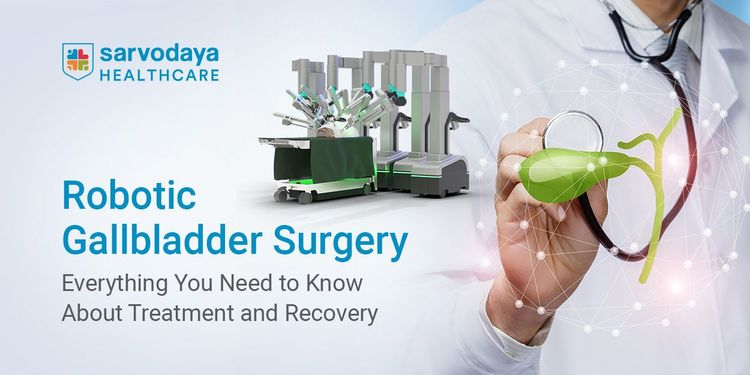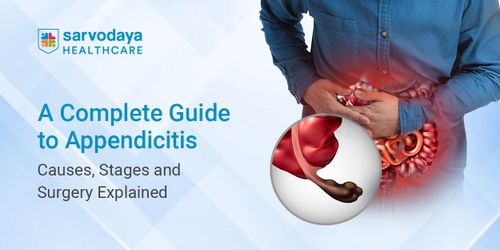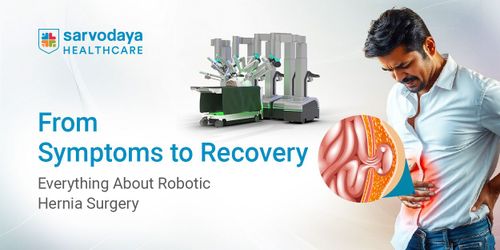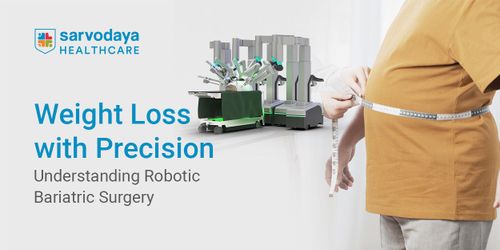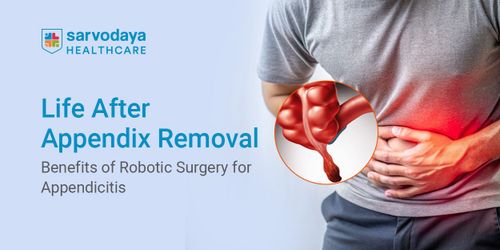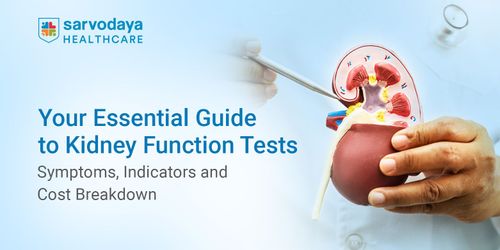The gallbladder is a small but vital organ that supports digestion by storing and releasing bile. When it becomes diseased or damaged, patients often experience persistent abdominal discomfort and digestive issues that interfere with daily life. Today, robotic gallbladder removal surgery has emerged as a modern, safe, and precise technique to address gallbladder problems while ensuring quicker recovery and minimal discomfort.
In this blog, we explore the symptoms that indicate the need for treatment, explain how gallbladder removal surgery is performed with robotic techniques, and outline the advantages and recovery after the surgery.
Understanding Gallbladder Pain and the Need for Surgery
The gallbladder plays a vital role in digestion by storing bile that helps break down fats. However, when it develops conditions such as gallstones, cholecystitis (inflammation), or bile duct blockages, the organ can cause severe and recurring pain. Left untreated, these conditions can escalate into more serious complications.
When these symptoms interfere with daily living, doctors may recommend gallbladder removal surgery.
The surgery is often suggested when:
- Pain continues despite dietary changes and medication.
- Imaging tests confirm the presence of gallstones or structural damage.
- Patients experience repeated infections or inflammation.
- There is a risk of the gallbladder rupturing.
Choosing early consultation and timely treatment not only reduces discomfort but also prevents complications that may arise from untreated gallbladder disease.
Exploring Robotic Gallbladder Removal Surgery
Robotic gallbladder removal surgery, also known as robotic cholecystectomy, is a minimally invasive surgery that uses advanced robotic systems guided by a skilled surgeon. Unlike traditional open surgery, this method ensures greater precision and faster recovery while reducing discomfort.
The surgery generally involves the following steps:
- The patient is given anaesthesia to ensure they remain comfortable throughout the surgery.
- Small incisions are made through which robotic instruments and a high-definition camera are inserted.
- The surgeon operates the robotic instruments from a console, controlling every movement with unmatched accuracy.
- The gallbladder is carefully detached and removed from the body.
This process usually takes one to two hours, and patients often stay in the hospital for a short period. In many cases, individuals who undergo robotic gallbladder removal surgery can return to their routine sooner compared to other methods.
Read More- Gallbladder Stones: Symptoms, Causes, and the Best Treatment Options
Advantages of Robotic Gallbladder Removal Surgery
For patients exploring treatment options, robotic surgery offers several key benefits. Compared to traditional techniques, the use of robotic systems enhances surgical accuracy and supports faster recovery.
The primary advantages include:
- Smaller Incisions and Less Scarring: With minimal cuts, healing is faster and cosmetic results are improved.
- Reduced Pain After Surgery: Most patients report less discomfort during recovery.
- Lower Risk of Complications: The precision of robotic instruments reduces the risk of accidental injury to surrounding tissues and organs.
- Shorter Hospital Stay: Patients often return home in a few days.
- Quicker Recovery Time: The overall gallbladder surgery recovery time is significantly reduced.
These benefits make robotic gallbladder removal surgery an increasingly popular choice for those seeking effective treatment with minimal disruption to their lives.
Gallbladder Surgery Recovery Time and Lifestyle After Surgery
Recovery from gallbladder removal surgery depends on the patient’s overall health and the technique used. With robotic methods, the recovery tends to be smoother and quicker than with traditional open surgeries.
A general timeline for gallbladder surgery recovery time is as follows:
- Most patients return home within two to three days.
- Light activities can usually be resumed within a week.
- Full recovery often takes about three to four weeks.
During the recovery period, patients are advised to:
- Follow a low-fat diet initially, as the body adjusts to digesting food without a gallbladder.
- Eat smaller and more frequent meals to support digestion.
- Stay active with gentle movement to improve circulation and avoid stiffness.
- Attend follow-up appointments with the surgeon to monitor healing progress.
In the long term, most people lead a relatively normal life without significant dietary restrictions. Consulting with a robotic general surgeon in Delhi NCR enables patients to receive personalised recovery plans and guidance for maintaining long-term digestive health.
Potential Side Effects of Gallbladder Removal
While robotic gallbladder removal surgery is safe and highly effective, patients may still experience some temporary side effects. Understanding these can help in preparing for the recovery journey.
Common gallbladder surgery side effects include:
- Diarrhoea or frequent bowel movements.
- Bloating or gas after meals.
- Occasional indigestion.
In rare cases, more serious issues may occur, and patients must remain alert to the signs of complications after gallbladder surgery, such as:
- High fever or persistent chills.
- Severe abdominal pain that does not improve.
- Persistent nausea and vomiting.
- Jaundice (yellowing of skin or eyes).
- Unusual swelling or redness around the incision area.
If any of these symptoms occur, seek urgent medical attention. Having guidance from a skilled robotic general surgeon in Delhi NCR ensures that potential risks are minimised and recovery is well managed.
Choosing robotic general surgery in Delhi NCR
Delhi NCR has become a leading hub for advanced healthcare, particularly in the field of robotic-assisted treatments. Patients seeking robotic general surgery in Delhi NCR benefit from world-class facilities, cutting-edge technology, and highly trained surgeons who specialise in minimally invasive surgeries.
The precision and safety of robotic systems, combined with skilled expertise, offer superior outcomes, reduced pain, and faster recovery for those undergoing gallbladder removal surgery.
Conclusion
Robotic gallbladder removal surgery has transformed the way gallbladder conditions are treated. By combining advanced technology with surgical expertise, it provides patients with a safer, more effective, and minimally invasive solution. The advantages include smaller incisions, shorter hospital stays, and quicker recovery, making it an ideal choice for those suffering from persistent gallbladder disease.
At Sarvodaya Hospital, Faridabad, patients have access to some of the best facilities for robotic general surgery in Delhi NCR. The hospital is equipped with modern technology and an expert team of surgeons who specialise in delivering safe and successful outcomes. Beyond surgery, Sarvodaya also offers preventive consultations, helping patients identify gallbladder issues early and take the proper steps before complications arise. This comprehensive approach ensures that individuals receive both treatment and guidance for long-term digestive health.
Take the first step towards better health and book an appointment now to explore the safest and most effective treatment options available.


